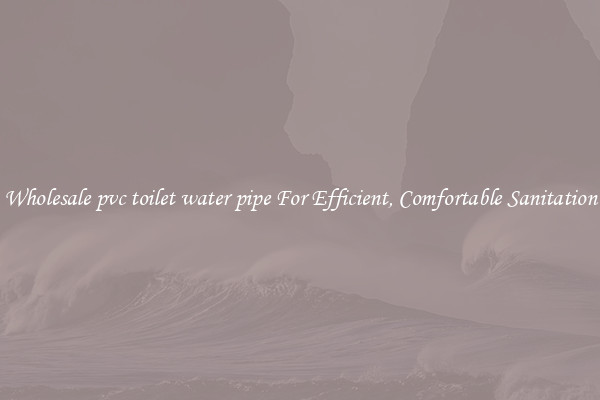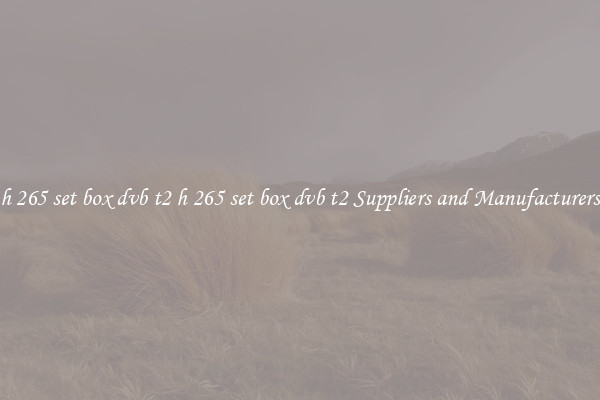we can install, we can install Suppliers and Manufacturers
There are numerous benefits to installing suppliers and manufacturers in various industries. By having a reliable network of suppliers and manufacturers, businesses can ensure a steady supply of raw materials and finished goods, leading to increased productivity and profitability. In this article, we will explore some of the key steps involved in installing suppliers and manufacturers.

The first step in the installation process is conducting extensive research to identify potential suppliers and manufacturers. This can be done through various channels, including industry trade shows, online directories, and referrals from business partners. It is essential to gather detailed information about each candidate, such as their reputation in the market, product quality, delivery timelines, and pricing.
Once the selection process is complete, the next step is to establish effective communication channels with the chosen suppliers and manufacturers. This includes setting up regular meetings, conducting site visits, and implementing robust communication systems such as email or dedicated portals. Clear and open communication is crucial to building strong relationships and ensuring smooth operations.
After establishing communication channels, it is essential to negotiate terms and conditions with the suppliers and manufacturers. This includes discussing pricing, payment terms, delivery schedules, and any special requirements or specifications. Negotiations should be fair and transparent, with a focus on long-term partnerships that benefit both parties.
Once agreements are reached, the next step is to finalize contracts. Contracts should clearly outline the responsibilities, obligations, and expectations of both parties. This includes details on order quantities, quality control measures, and dispute resolution procedures. Contracts should also include provisions for regular performance evaluations to assess the supplier's or manufacturer's ability to meet the agreed-upon standards.
Once contracts are in place, it is time to implement a reliable monitoring system. This can include regular audits, inspections, and quality control checks to ensure that the suppliers and manufacturers are meeting the agreed-upon specifications. Monitoring systems should be designed to identify any potential issues or bottlenecks early on, allowing for timely corrective action.
Finally, it is crucial to foster strong relationships with suppliers and manufacturers. This can be achieved through regular feedback sessions, sharing of market trends and insights, and supporting their growth initiatives. A strong relationship built on trust and collaboration is the foundation for long-term success.
In conclusion, installing suppliers and manufacturers is a critical process that requires careful research, effective communication, fair negotiation, clear contracts, consistent monitoring, and building strong relationships. By following these steps, businesses can ensure a reliable and efficient supply chain, leading to increased productivity, customer satisfaction, and ultimately, business growth.

View details

View details

View details

View details







